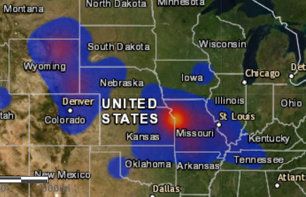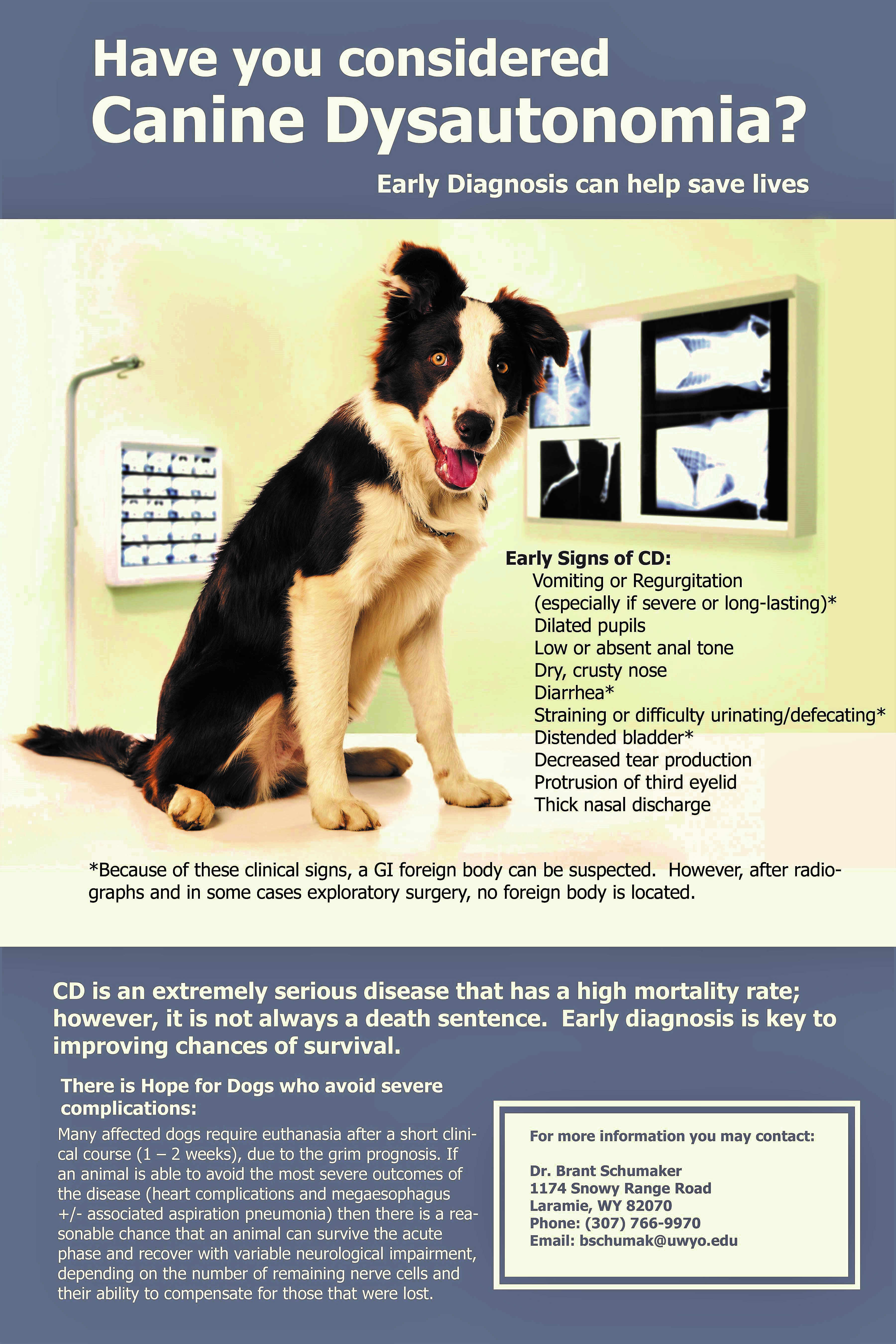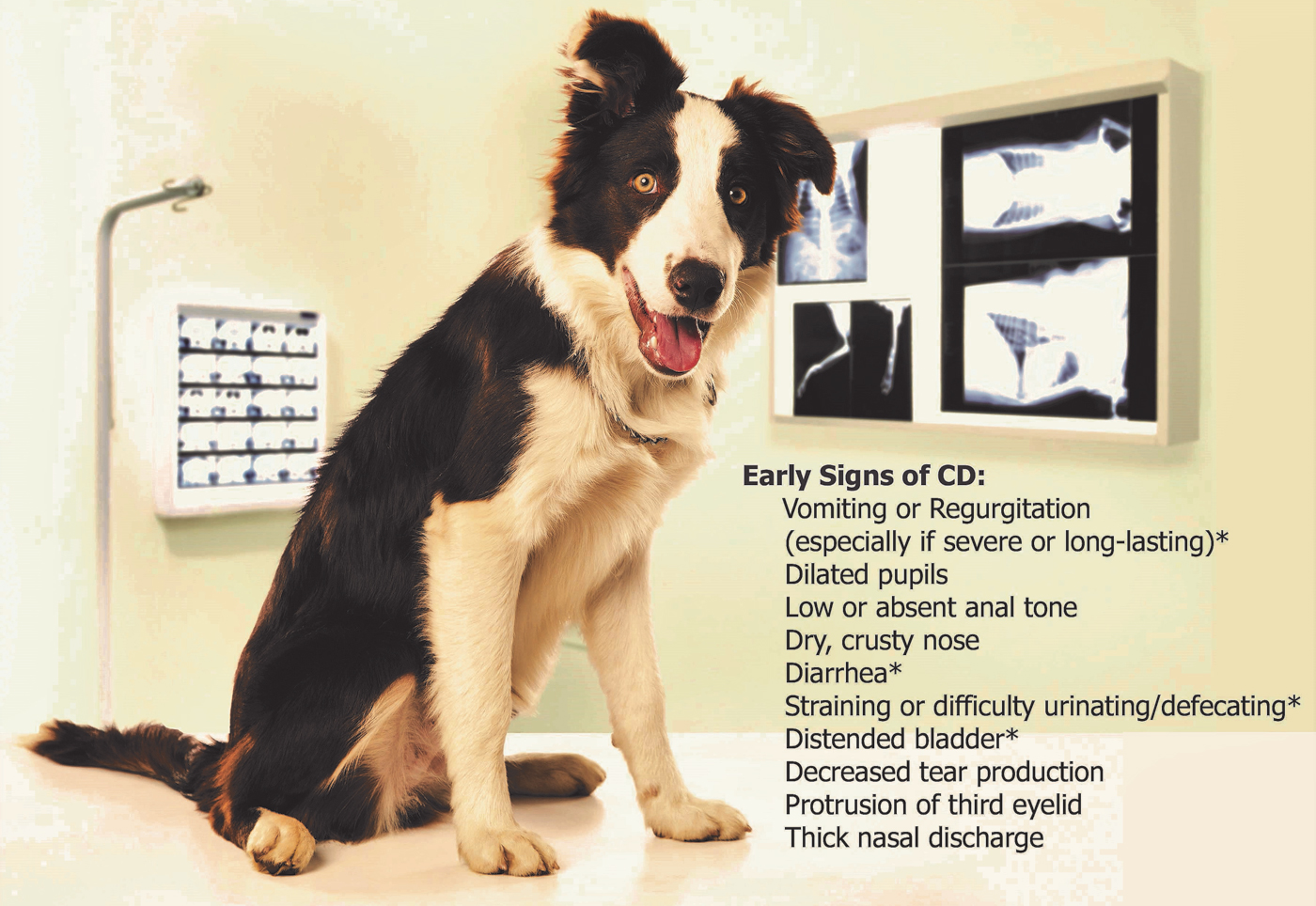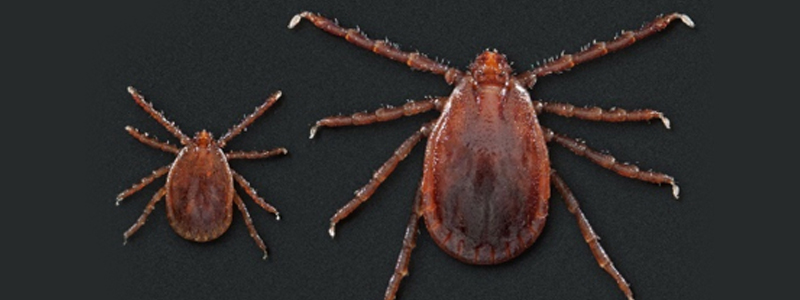By: Brant Schumaker DVM, MPVM, PhD 1
Canine Dysautonomia (CD) — a progressive neurologic disease — continues to be an important rule-out for veterinarians in the Midwest. Early diagnosis is key to saving lives, but the early symptoms are also present in many common ailments, so CD may not be considered. Diagnosis in live dogs is done on the basis of the range of typical clinical signs and in-clinic testing of pupillary, bladder, heart, and immune function.
Early clinical signs of CD include the following:
- Vomiting or Regurgitation, especially if severe or long-lasting*
- Dilated Pupils
- Low or absent Anal Tone
- Dry, Crusty Nose
- Diarrhea*
- Straining/Difficulty Urinating or Defecating*
- Distended Bladder*
- Decreased Tear Production
- Protrusion of Third Eyelid
- Thick Nasal Discharge
*Because of these clinical signs, a GI foreign body can be suspected. However, after radiographs and in some cases, exploratory surgery, no foreign body is located.
According to data collected by the University of Wyoming and Wyoming State Vet Lab in 2017, Kansas City and its surrounding areas reported the highest number of cases of CD anywhere in the country.2 Although the disease is still considered geographically isolated to distinct areas of the Midwest and the eastern half of Wyoming, it is also well-documented in southern Illinois, western Kentucky, eastern Nebraska (Lincoln area), and in Europe.

Warren Jones, DVM in Lee’s Summit 3 says, “It is depressing the number of young and otherwise healthy animals we have seen over the last several years. Some leaving other facilities with no answer looking for help and some that we have nurtured from birth. Moreover, incidence in our clinic is on the rise with little to no hope for better outcomes.”
Many affected dogs require euthanasia after a short clinical course (1-2 weeks), due to the grim prognosis. If an animal is able to avoid the most severe outcomes of the disease (heart complications and megaesophagus +/- associated aspiration pneumonia), then there is a reasonable chance the animal can survive the acute phase and recover with variable neurological impairment. The degree of impairment depends on the number of remaining nerve cells and their ability to compensate for those that were lost. Medications can ease the symptoms, and most owners are willing to accept the cost and inconvenience to save their dog’s life.
The CD research lab at the University of Wyoming has collected hundreds of samples over the last 6 years (soil, environmental, blood, tissue), and they are testing them as time permits. Funding for the research program is scarce, and fundraising is an ongoing challenge. Typical funding sources (grants, etc.) are not available due to the “rare” and “regional” classification of the disease, so private donations are the only current source.
https://securelb.imodules.com/s/1254/giving/interior.aspx?SID=1254&GID=1&PGID=366&CID=985&bledit=1&dids=209
Two Facebook groups are working to raise awareness and support survivors:
CD Awareness Facebook page:
https://www.facebook.com/cdawareness/
CD Survivors Support Network page:
https://www.facebook.com/groups/1595885610692267/
A free CD Symptoms poster is available for download. If you’d prefer a printed 11 x 14 poster, you may send your request to caninedysautonomia@gmail.com. The supply of free 11 x 14 posters is limited, and you will be asked to pay the shipping cost (around $8.00 for up to 3 posters).

Additional information and links are available on the I.D.E.A. (Infectious Disease Epidemiology of Animals) Lab website, which contains information about all the research projects in progress at the University of Wyoming and Wyoming State Vet Lab:
http://www.epidiseaselab.org/current-research/canine-dysautonomia/?fbclid=IwAR3fNclZXEq5lMtOSWVhk5ipCmwMYm8fiDTF_f7A2GRzlYYdAIZCn3twiRY
1 Brant Schumaker, DVM, MPVM, PhD, Wyoming State Veterinary Laboratory, Department of Veterinary Sciences, University of Wyoming, 1174 Snowy Range Road, Laramie, WY 82070. bschumak@uwyo.edu
3 Dr. Warren Jones, Veterinarian and Owner of Strothertowne Animal Hospital, 651 SE Bailey Rd, Lee’s Summit, MO 64081











